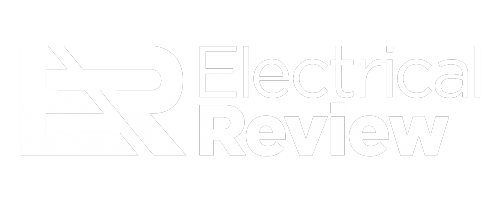Don Dulchinos, Director at the OpenADR Alliance, explores how new connectivity standards and smarter appliances are transforming buildings into active grid resources, as he explains.
We need a smart and flexible electricity system to help decarbonise our economies and, most importantly, to help manage energy demand and balance the grid at peak times.
Grid-interactive buildings are an interesting trend. These solutions can help transform energy management, offering greater flexibility and efficiency by balancing and optimising energy loads to reduce the strain on the grid. This type of intelligent building can adapt energy use dynamically, reducing demand when the grid is under stress, and storing and drawing power from a range of distributed energy resources like solar and battery storage.
But we can take this idea a step further by treating electric appliances as potential grid resources. Smart homes and smart automation are nothing new of course, but with the advances in technology, increased grid connectivity and compensation, and the integration of AI for smarter automation, the market is set to explode.
Revenue in the smart appliances market is projected to reach $68.7 billion in 2025, according to worldwide data from Statista, with household penetration growing from 12.9% in 2025 to hit 30.8% by 2029.
Innovation driving growth
As a global industry alliance, we are seeing real innovation in action. Many of our members are manufacturers of HVACR products and technologies, including heat pump water heaters, smart heating and air conditioning systems, and other smart and connected devices helping to drive the development of grid-interactive buildings.
There are also more use cases emerging as the adoption of new technologies and connectivity solutions continues to grow, unlocking the potential for residential and commercial premises to use energy more flexibly. When buildings and grids communicate with each other, stress during peak times can be mitigated and peaks in energy demand smoothed out.
Setting standards
Standards are vital in driving this innovation. They play a crucial role in enabling efficient demand response within energy management systems, and by mandating standards, governments and regulatory bodies support the need for compliance.
In the US, for example, the CTA-2045 technical specification, and the certified version known as EcoPort, allows devices to connect directly to energy management systems through a universal port. This promotes flexibility and adaptive energy consumption across various appliances.
Simply put, it means that any EcoPort-certified control module, when plugged into an appliance or energy system, can reliably establish communications that meet the requirements of the CTA-2045 standard.
While the first implementations of the standard are in water heaters, due to there being a significant source of load response across residential households, EcoPort provides a standard interface for energy management signals and messages for many other devices. These include an energy management hub, residential gateway, sensor, thermostat, or appliances ranging from pool pumps to electric vehicle charging stations.
With a significant 30% annual growth in electric water heater sales in the US, it’s encouraging to see that EcoPort is now mandated for all water heaters sold in two US states, Washington (since 2022) and Oregon. New York State is expected to follow later.
PAS for energy smart appliances
Closer to home, two British standards published by BSI in 2021 – PAS 1878 and PAS 1879 – set out the requirements for energy smart appliances (ESA). The Department for Energy Security and Net Zero (DESNZ) led the development of PAS 1878, laying out the criteria that an electrical appliance needs to meet in order to perform and be classified as an ESA. PAS 1879, meanwhile, addresses the demand side response operation of these appliances.
It was interesting to hear from DESNZ at our recent OpenADR Alliance User Conference about how innovation and technologies can contribute to the UK’s commitment to reach Net Zero by 2050 – and particularly the importance of standards in helping to drive this change.
The government’s Flexibility Innovation Program is playing a key role in this as it looks to support innovative solutions, including the development of ESA for the delivery of interoperable demand side response (IDSR) as part of its IDSR program that companies, like smart energy technology firm, Passiv UK, are developing products for.
Governments, industry bodies, and energy product and services companies are committed to finding ways of solving problems through innovation. As a result, we are closer to creating new opportunities with grid-interactive solutions that can help buildings and even data centres become more resilient and sustainable in the future.


